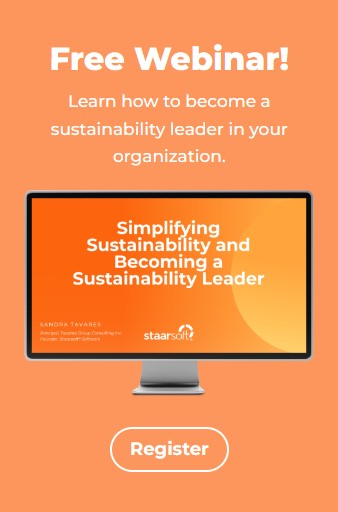Companies of all sizes are beginning to understand the importance of not only claiming that they care about the environment and the communities in which they operate, but also showing the ways in which #humanimpact can be minimised. Developing a reliable, transparent #sustainability strategy is now necessary. Fortunately, there is a framework that can be applied to any sized organization, complete with guidance for easily and efficiently addressing all sustainability issues using processes that are likely already present. This framework can be managed through a Plan-Do-Check-Act (PDCA) process found in formal or informal management systems, which breaks down projects into smaller, more manageable steps. This type of approach capitalises on existing successful practices to identify gaps in the program to successfully implement, track, measure, and monitor sustainability metrics related to:
- Environment such as #biodiversity, #naturalresources used, and energy saved as a result of #greendesign, #sustainabledesign or #greentechnology,
- Community #conservation initiatives,
- Operating Practices, etc.
Surprisingly, we have found that many organizations think that their strategy is either too big or too small for a PDCA process. However, this is not the case. Developing a sustainability strategy using the PDCA methodology is useful for companies of all sizes, from SMEs with less than a dozen employees to large corporations that span several countries.
With management systems already in place, many of our clients did not either know how to answer stakeholder questions on the status of their sustainability strategy or unsure of where to start or where to go next. After building onto the same PDCA system for all their sustainability issues, each of these companies were able to identify and prioritise relevant sustainability issues and used existent management systems to strengthen the development of better policies, programs, objectives, progress reporting, and more.
Consider the following statements, given by companies of varying size and scope:
“The Toolkit helped us to get back on track with our sustainability goals. We now have a system in place where we can plan, track, and monitor our sustainability metrics.”
GRAIG PETTIT, MANAGER OF FINANCE & REGULATORY AFFAIRS
ERIE THAMES POWERLINES
“Applying a systematic process such as the Toolkit is assisting GoodLife to realize a significant reduction in operational energy consumption, cost and GHG emissions.”
GRAIG PETTIT, MANAGER OF FINANCE & REGULATORY AFFAIRS
ERIE THAMES POWERLINES
“The Sustainability Toolkit is helping keep things on track and avoid distraction, it is also allowing us to narrow down priorities with the confidence that we are continuing to remain in alignment with industry standards.”
EMILY JOHNSTON, ENVIRONMENT AND SUSTAINABILITY: CORPORATE AFFAIRS
BRUCE POWER
The commonality between all these companies is not their size, but rather the Sustainability Toolkit Guidance framework that they implemented. This framework is based on a management systems approach and ISO 26000, along with supply chain research to define what needs to be part of a sustainability strategy based on four set criteria.
Companies that use a management framework system are more successful at managing a sustainability strategy, and are able to more efficiently track, monitor, and measure their impact on the environment and their communities.
Ensuring a proper sustainability management framework can be simple and effective. It can help companies that may feel overwhelmed to more effectively manage their environmental and social impacts, which may also contribute to product and service design as well as their bottom line. And when existing systems can be used to build out and run this framework, it is even simpler still.
Download our Sustainability Strategy Simplified FREE of charge and start unlocking the potential that your management system is already capable of delivering.
#sustainabilityreporting #ESGreporting #environmentalsocialgovernance #sustainabilitystrategy



